Paint with your camera
Paint with your camera
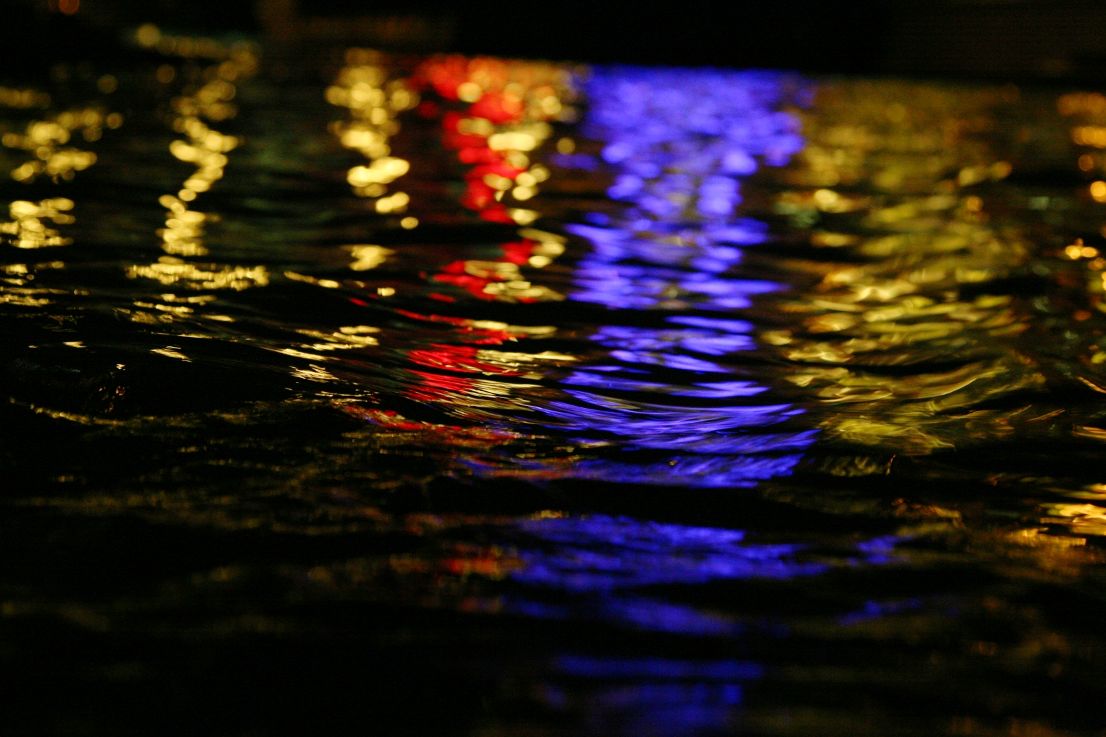
This new tutorial about a concept of photography. In order to be a very good photographer, it is an idea to use the camera as your brush (or to think about it that way). The emphasis is not on the brush, but that you paint with it. Just think about it a little. You use your camera as a brush. In ideal case it means total control over the picture. Obviously you must know your brush very well in this case your camera. Basically the camera can make many things but the photographer must know how. The idea is to know how you want your pictures to look, and does exactly that. Perfect control as you do with your pencil or brush. It is not the same thing though. After 2 years of heavy usage of my new Dslr camera still not confident about the results, what comes out of the camera. I am not far, but I want to do it better.
Tools of control
1. Composition
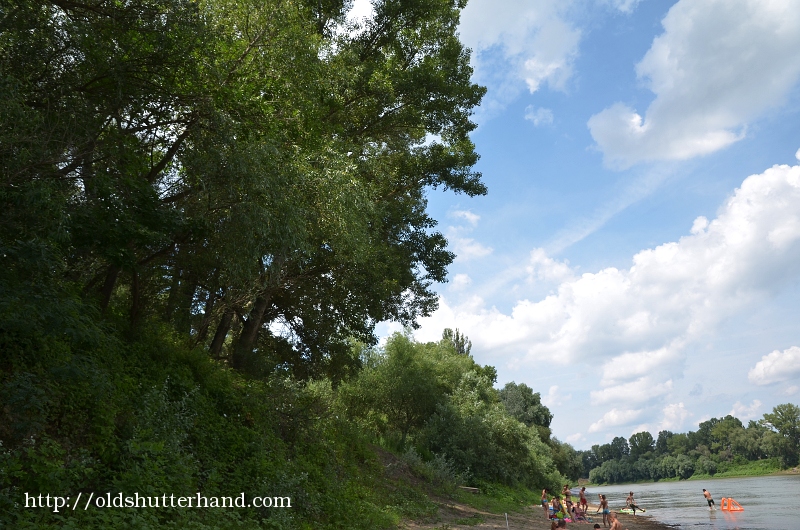
It covers two things. First where you stand or sit or lay when you make the picture, and where you place the camera, second is the perspective of your camera lens (or focal length or field of view). You can use a wide angle, normal, or a telephoto lens. The goal is here to know what you can expect from different positions, and focal lengths, develop a sense of camera/lens vision. Prime lenses are very good for this purpose.
It is a well known idea to compose a photo by single shapes, like triangle, circle, rectangular or other shapes (“L” for example). It means we simplify the photo to these preferred shapes to show something in a bigger range as well. If we can manage to create even more complicated image by some structure of the image is even better. For example a house, a love symbol, a horse, a dog, a lady with a hat or anything you can think about.
[do_widget Text]
Prime lenses are good for that for one extra reason: you can develop a sense of distance as well, how many distance you need for a different looking picture. When you have this sense, you know exactly where you want to stand for a preferred shot, or which are the best angle to show what you want. It is rewarding to find different views and perspectives, climb up places and make pictures from there, or use low angles as well to get the preferred look.
It is good to start with a focal length which you like, for example I like 16/24mm (Crop/full frame), and play with it, or figure out which focal length you like. There are many photographers out there whose trademark is a unique focal length they using.
2. Exposure compensation
Exposure compensation allows you to adjust your image’s brightness, you can make your picture darker or brighter partly or totally. it is a creative tool, I like for example really bright details on the picture sometimes even overexpose a bit. Underexposure is also often used to make the background of the picture dark. Mostly if we want realistic looking images not needed more than 1 Ev compensation. If we use compensation, don’t forget to adjust back after we make the picture.
3. Shutter speed
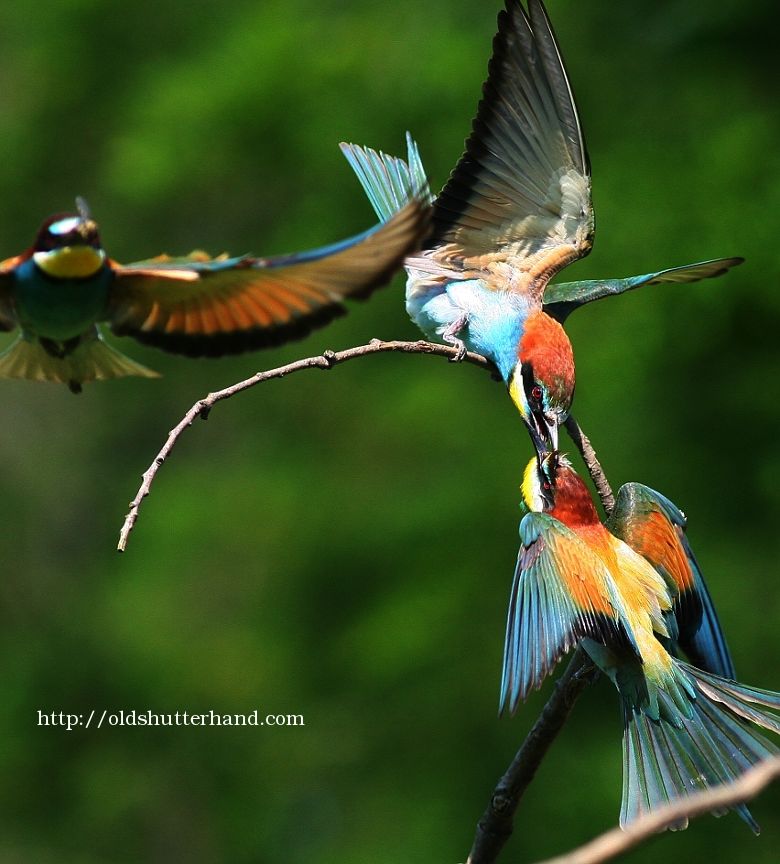
Shutter speed is a very creative tool. High shutter speed freeze action, low shutter speed gives a sense of motion on the picture. Very long shutter speed can make moving water surfaces interesting. For this technique the tripod or other solid support is a must.

4. Depth of field
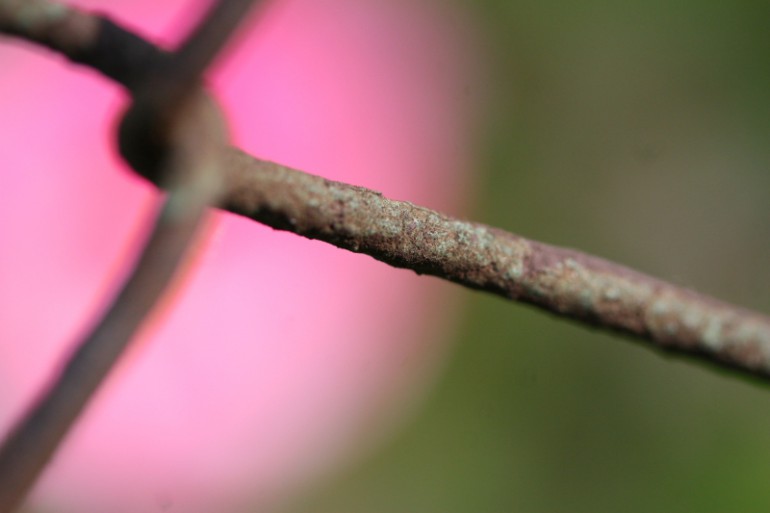
With depth of field or simply dof, we can make the main subject of the image more dominant. Shallow depth of field is one of the most used technique, especially in portraits for example, or in other creative photography as well. With macro lenses we can blur the background more.
5. Colors
It is possible to think about colors of the picture in advance, or concentrate on different colors, what we can do with them. The two obvious choice is black and white. White can be a wedding dress which can be very interesting on a picture if properly exposed (little overexposed), but white thing like snow can add to a picture. Black or dark tones create an intensity on the picture, and more interesting than a flat picture. Other interesting colors are red, which my Nikon not really like, or brown-yellow-gold colors which can create beautiful images. But interesting to think about green, or blue colors, color combinations as well. Some kind of imagination needed when we can make our interesting picture. Black and white pictures also can be very interesting.
6. White balance
Sometimes you can add a little unnatural hue to the picture and can make it interesting, by using different white balance. It is also possible in post processing though.
These are the things we can use to control the photo.
________________________
Limitations
1. Light
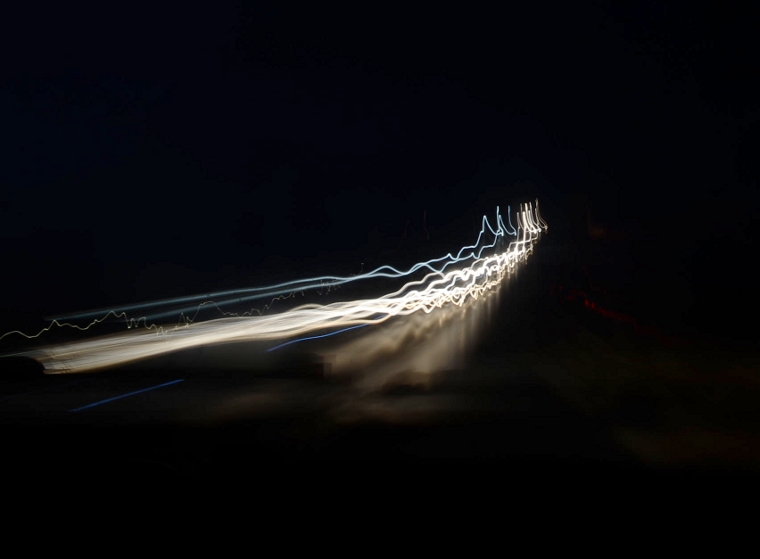
all the cameras I yet seen limited to light. What does it mean ? Most pictures in overcast weather will be lifeless, much worse than in reality, what we see with our vision, no matter which camera you have Canon Nikon Sony or other Full frame or Aps-C. I am exaggerating a bit but not too much. Sad truth, it can change sometime.
Other even bigger limitation is the amount of light. Higher iso, noisy images, less dynamic range, not so saturated colors, not enough shutter speed, blurry images.
2. Dynamic range
In Modern digital cameras the dynamic range is one of the most serious limitation. Due to the limited Dynamic range of digital cameras, dark parts of the image becomes black, too bright parts blow out (simply white without tones).
[do_widget Text]
4. Autofocus quality
– if your lens is manual focusing or has not so good af, I have no other idea than to make multiple pictures of the same theme, in order to avoid misfocused photos. It is more problem with long telephoto lenses or shallow dof portrait photography though. (It is very hard to judge the af precision on the camera’s LCD or in the viewfinder).
5. White balance
Some cases white balance is hard to master, especially on Nikon cameras. Artificial light or mixed light and very hard to find out the good adjustment.
6. Money
– a serious limitation we cannot get the gear we prefer, especially long telephoto lenses are extremely expensive. For me it is funny that people of photography review sites who always uses the most expensive up to date equipment suggest people not needed the newest equipments, while many people use very old or low quality gear, beacuse this is what they can afford without breaking the bank or selling the house. I don’t mean you need the most expensive lenses or cameras you can image, but something what can make the job.
7. Time
Time is one of the most limited source if you work cannot travel, there are duties in life.
__________________________
Creative tools
1. Light

If you want the biggest impact with your pictures, light is the easiest and most obvious answer, in a visual way. Obviously a portrait can be more powerful in another sense. This is why sunrise sunset images are so popular, or night images can be so powerful.
2. Depth of field
The most used creative tool is the depth of field. To simplify this you blur the background (or foreground) of the image by 1. close focusing distance of the main subject, 2. long focal length, 3. big aperture) or the combination of these. The extent of blurring can be different. Some cases you want to blur more, other cases not so much.
3. Shutter speed
Shutter speed is a creative tool. With high shutter speed you can freeze action, with low shutter speed you can show movement, with very low shutter speed you can make interesting looking landscapes of moving water.
4. Filters
Filters are very useful for landscapes. The most essential filters are the polarizer, graduated neutral density filter (grad) and the neutral density filter (ND).
5. Multiple exposures
Very common technique to make more photos of the same scene or combine different photos for some reason. Change the sky, the background put some new things on the picture.
6. Post processing
Post processing is essential and can help in many cases except two:
1. Blurred unsharp picture
2. Very wrong exposure (too bright or too dark the extent is different for different cameras)
It is possible to sharpen pictures or even make it more blurred, add contrast and saturation, remove noise.
The most essential post processing possibilities are the following:
1. Curves – we can adjust brightness partially or totally
2. Add contrast – can make the biggest impact on a photo
3. Saturation – we can enhance colors
4. Sharpening or blurring
7. Camera movement
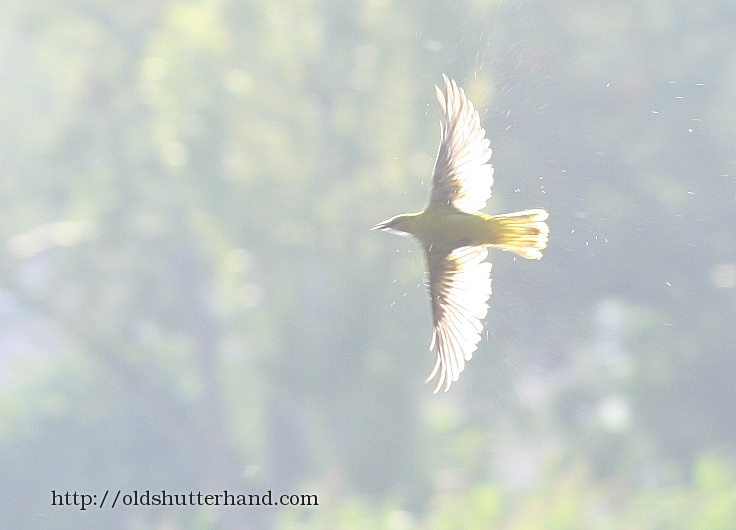
We can make artistic shots by panning / moving the camera or using slower shutter speeds. It needs lots of practicing to have the output we wanted. If we use lower shutter speeds it allows us to use lower ISO values which results better image quality.

8. Tripod
If you like landscapes tripod is essential, for example for multiple exposures. The tripod is a very useful tool for many things included for video for example as well.